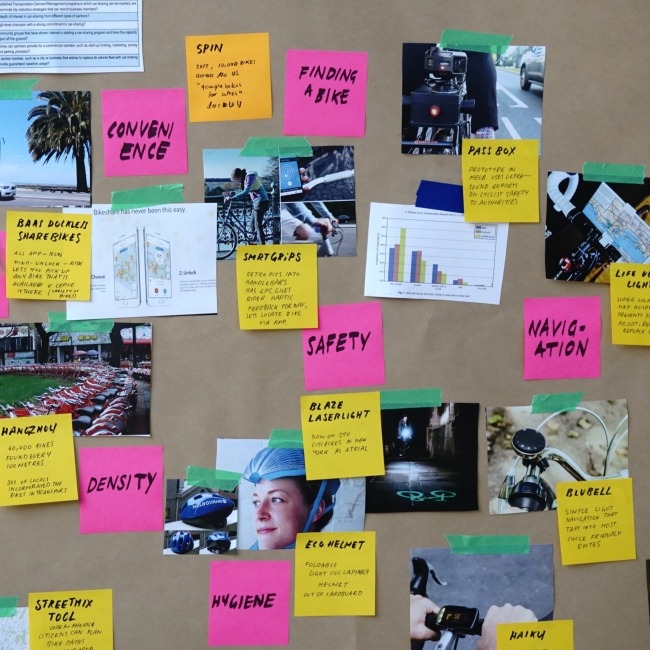It’s too easy to say companies like Apple and Airbnb succeed because they design beautiful products. Yes, we often lust after the new iPhone or delight in booking a stay at an Airbnb. However, there is much more to their design than meets the eye.
Companies like Apple and Airbnb succeed because they have discovered the design secret for business. Here’s the methodology they use and some tips on how you can use it too.
The method behind the success of these tech titans is Design Thinking. It’s more than making objects beautiful. It goes deeper than that. Design Thinking helps to discover the real problems that users are facing and creates useful products they will love.
The real magic is that the product goes beyond user desire. The product is also viable – sells for a profit, and it’s feasible, meaning sufficient resources and materials exist to build it. Designing desire, viability and feasibility at the same time in a product is a rare event.
Here are the three steps to unlocking the secret of Design Thinking.
1. Create desire
Great design often starts with the needs of users. You’re looking to discover the pains that users experience and the gains they desire. With tools such as the Value Proposition Canvas, you’re guided to solving user problems with pain relievers and gain creators.
Apple creates desire from customers better than anyone. Their means is both simplicity and luxury. So this design ethos has helped them be the most profitable company in the world – for the last two years.
To avoid a product nobody desires, make sure you learn the lessons of the Segway. They created their product in absolute secrecy. No press and no customers could test the product while it was in development. As a result, it failed. Why? They didn’t include charging stations, couldn’t traverse stairs, and people felt silly when they used them. There is not much to lust for here.
2. Reach viability
Viability comes from proving beyond doubt that early adopters are prepared to pay for your Minimum Viable Product. Building an MVP requires you to develop as little as possible to meet the customer’s primary need. There’s no use in making something customers don’t want.
The product needs to be in the hands of your customers for you to understand the critical economics. The economics of product viability can be tested by balancing the costs and revenues from early adopter usage.
Part one of the equation is validating the actual costs of building the product. These are often underestimated. So guess what’s often overestimated? The expected revenues. So testing your pricing is essential in understanding viability.
Apple does a great job here. In the last six years, Apple has continually increased iPhone sales. Moreover, they have more than doubled the retail price of the iPhone over the previous six years. That’s viability.
When thinking about designing your pricing – learn the lessons of Microsoft Encarta. An encyclopedia with over 60,000 articles it was loved by many. The catch? Its price was $99, yet the actual cost per unit was way more. When compared to Wikipedia, that’s free to use, Encarta just wasn’t worth it.
3. Make it feasible
Great Design Thinking also involves some operational considerations such as time, budget, scope and resources. These product development characteristics can play a significant role in the life of new products.
First-time products are full of hidden costs and unexpected problems. They invariably lead to delays. Sometimes these challenges are more than just a stumble along the way. They can kill a product before it’s launched.
Airbnb did a remarkable job to make their product feasible. They have more accommodation listings than the combination of the top five hotel chains. They own no hotels. What do they have? Trust. They overcame the perceived ‘stranger danger’ that we all experience and convinced millions to rent their homes to strangers.
By designing with tactics such as impartial feedback and social proof, they’ve disrupted the business of hospitality. The leap of faith by users sounded crazy at the beginning, but has now proved to be feasible.
History is littered with products that never launched or fell over immediately after launch. Just remember these three ideas and work tirelessly to strike the remarkable balance inside of Design Thinking.




No Comments